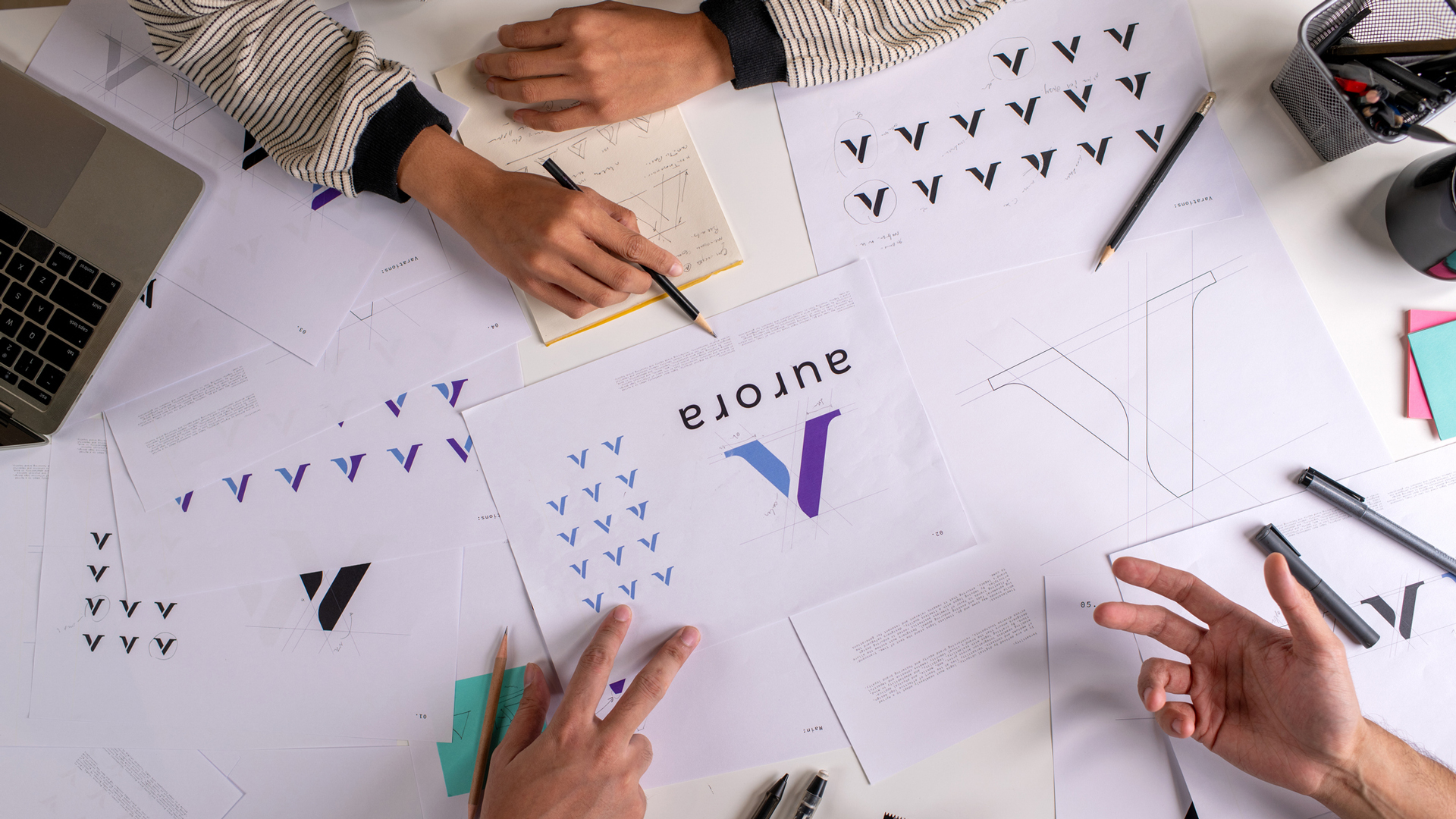Illustrating personality: 3 top tips
Use facial features to establish your creation's character with these simple tips from expert Nick Harris.
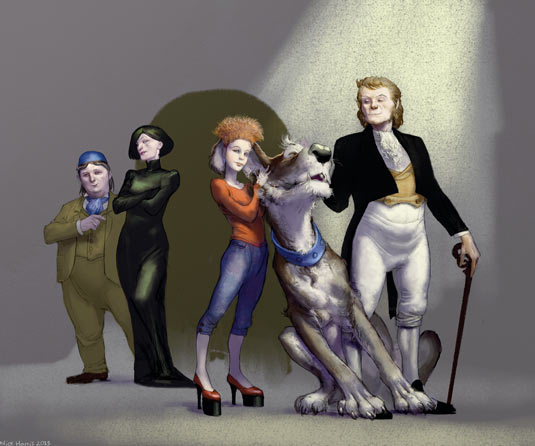
Various theories suggest that there are three base body types – ectomorph, mesomorph and endomorph, or equivalents – and possible character traits to go with them, but personalities vary much more than that.
Citing Darwin, some Victorian-era scientists suggested that criminality could be identified in people's faces (notably Cesare Lombroso, who came up with the theory of anthropological criminology). Studies have since dismissed his ideas, accepting limits on how much appearance tells you. That said, certain recognisable stereotypes have been propagated through film and other media.
My first artistic advice on this came from a book by animator Preston Blair, in which he explained some classic cartoon character traits. Cartoon and caricature are great to look at, with characters often matching their personality according to established traditions. If not, it may be for comedic or dramatic effect.
Typical examples include:
- A weak jaw line indicating a timid character
- A strong jaw line for a heroic figure
- A straight nose may identify upright/honesty whereas a crooked nose represents the reverse
- Small eyes and mouth indicate meanness.
Such simplifications of reality serve as good starting points. However, it's the particular combination of features that can deliver an impression of personality.
01. Quickly define your character's personality
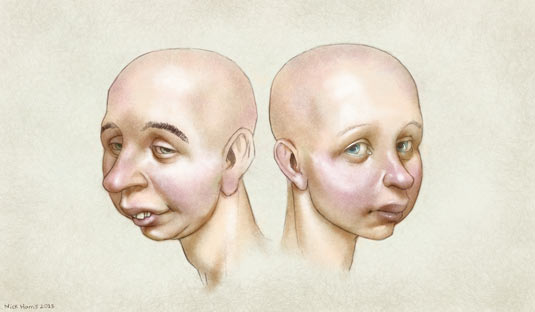
Both these faces have a small jaw and an overbite, but whereas the one on the left could be weak minded, the one on the right seems more vulnerable. It's the combination of all the elements that deliver the recipe for the personality. In addition, consider your character's posture, clothes, props and setting.
02. Focus on features
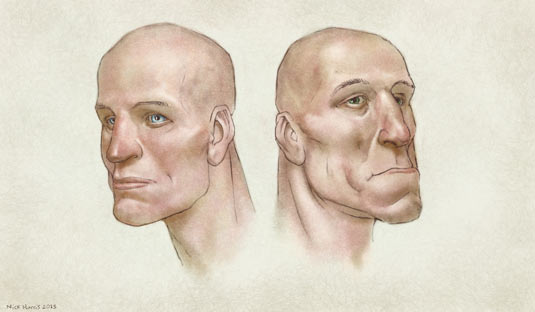
These examples have well-defined jaw lines, but the one on the right is exaggerated. It's also combined with a very low brow, along with blunter features that hopefully suggest lesser intelligence, possibly belligerence too. The more balanced features of the other face lean more towards strength and determination.
03. Experiment with viewing angle
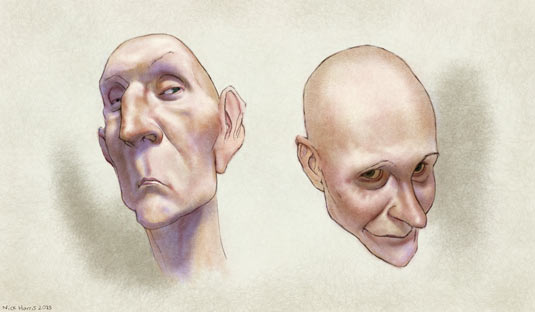
As well as the facial features, you can use the viewing angle to help you describe character. Here, both faces are thin faced, but looking up at the tight-lipped, squint-eyed character on the left makes it more obviously sinister than the higher eye-level, looking-down view for the one on the right.
Words: Nick Harris
Gloucestershire-based Nick Harris went digital in 2000 after 18 years working with traditional methods. He works mainly on children's illustrations. This article first appeared in ImagineFX issue 97
Like this? Try these...

Thank you for reading 5 articles this month* Join now for unlimited access
Enjoy your first month for just £1 / $1 / €1
*Read 5 free articles per month without a subscription

Join now for unlimited access
Try first month for just £1 / $1 / €1
Get the Creative Bloq Newsletter
Daily design news, reviews, how-tos and more, as picked by the editors.

The Creative Bloq team is made up of a group of design fans, and has changed and evolved since Creative Bloq began back in 2012. The current website team consists of eight full-time members of staff: Editor Georgia Coggan, Deputy Editor Rosie Hilder, Ecommerce Editor Beren Neale, Senior News Editor Daniel Piper, Editor, Digital Art and 3D Ian Dean, Tech Reviews Editor Erlingur Einarsson, Ecommerce Writer Beth Nicholls and Staff Writer Natalie Fear, as well as a roster of freelancers from around the world. The ImagineFX magazine team also pitch in, ensuring that content from leading digital art publication ImagineFX is represented on Creative Bloq.
